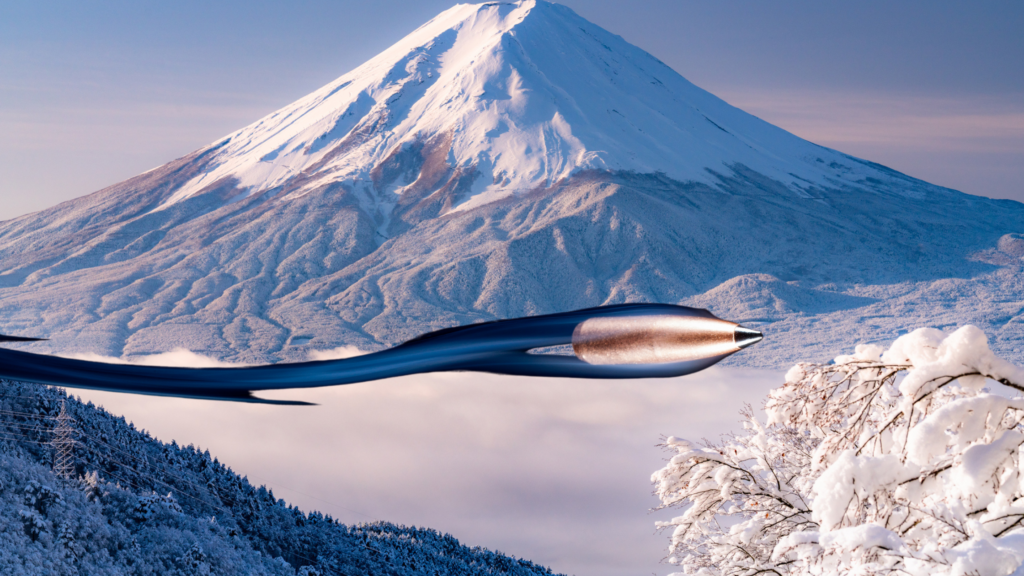[ad_1]
It’s the first year that Mt. Fuji will be open for climbers since the end of travel restrictions. While many are eager to tackle the challenge, some experts are warning them against trifling with a location that could easily kill them.
Mt Fuji climbing season officially starts next month in July and extends into September. And it’s a special season in more ways than one.
First, 2023 is the 10th anniversary of UNESCO crowning Mt. Fuji a World Heritage Site. The JR East Railway plans to celebrate with special events along the stops for its train, the Fuji Excursion, that travels from Shinjuku to its Otsuki, Mt. Fuji, and Kawaguchi Lake stops.
Second, this is the first season in years with no travel restrictions. That means an influx of foreign visitors wishing to tackle the challenge of Fuji and scratch an item off of their bucket lists.
And the folks who support climbers are getting ready for the influx. In Shizuoka this week, the group Sustainable Town held a seminar in Numazu to educate those involved in transportation and travel on how best to communicate with foreign visitors. Lessons focused on the use of Easy Japanese (やさしい日本語; yasashii nihongo) and other tactics, such as the use of signs and symbols, to bridge the communication gap.
But the opening of Mt. Fuji climbing season is also bringing warnings about a dangerous phenomenon: bullet climbing (弾丸登山; dangan tozan).
Most people who climb Fuji have an obvious goal: to get to the top. Many of them are also hoping to catch a gorgeous sunset before they start the journey back down.
Advertisements
But the journey up to the top can take up to seven or eight hours. And climbers should rest at least an hour before descending, which will take another two to three hours.
Unfortunately, some people attempt what’s called a “bullet climb”. In the bullet climb, hikers ascend to the 5th station at night and then attempt to finish the climb in time to see the sunrise before heading back down. This is all done without any overnight rest period.
Every year, some 30% of climbers attempt a bullet climb. That leaves emergency personnel scrambling to help as people suffer from exhaustion. And this year, with chronic staffing issues plaguing Japan, officials say there will be fewer people to help climbers than ever.
If you’re planning to make the Fuji trek, do so safely. Reserve a hut in advance to get some rest so you don’t wear yourself out. (Make sure to make a reservation – you likely won’t be able to rent one on-site.) And avoid so-called “light climbs” – i.e., climbing without all of the recommended safety equipment and provisions.
For more on safety guidance when climbing Mt. Fuji, please see the Official Web Site for Mt. Fuji Climbing (English).
What to read next
Incoming JR Pass Price Hike Brings Consternation
Sources
富士山「10周年」 各駅でイベント JR東など開催へ /山梨. Mainichi Shimbun
富士山開山まで1カ月 山小屋、早くも満員続出 「弾丸」増に懸念. Anata no Shizuoka Shimbun
外国人登山者に「やさしい日本語」 静岡県が観光事業者ら向け講座. Anata no Shizuoka Shimbun
登山行程. Mt. Fuji Official Site
[ad_2]
Source link




